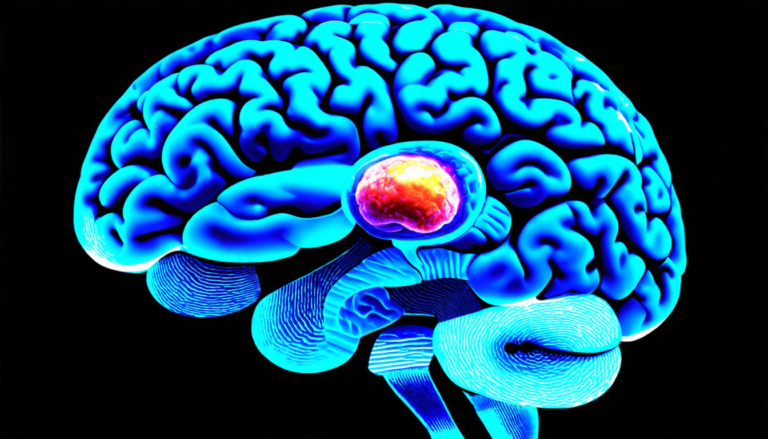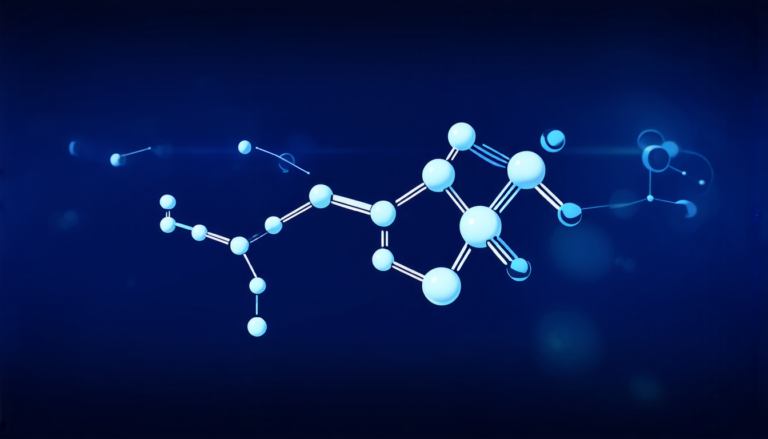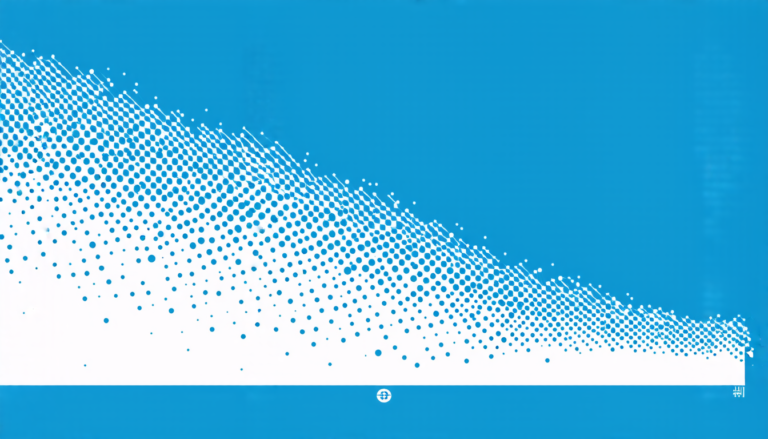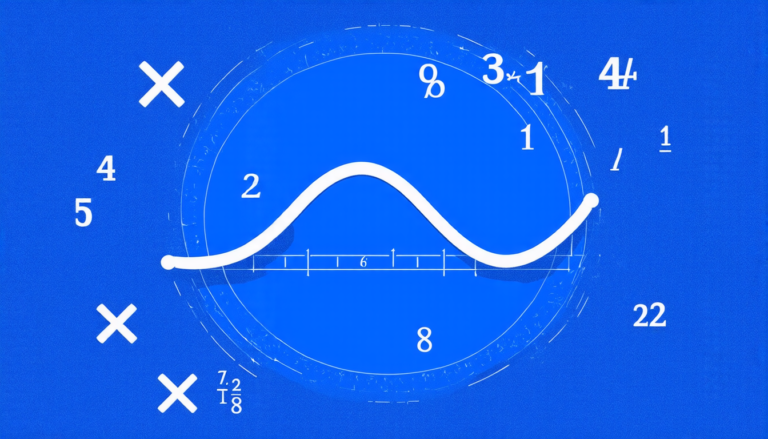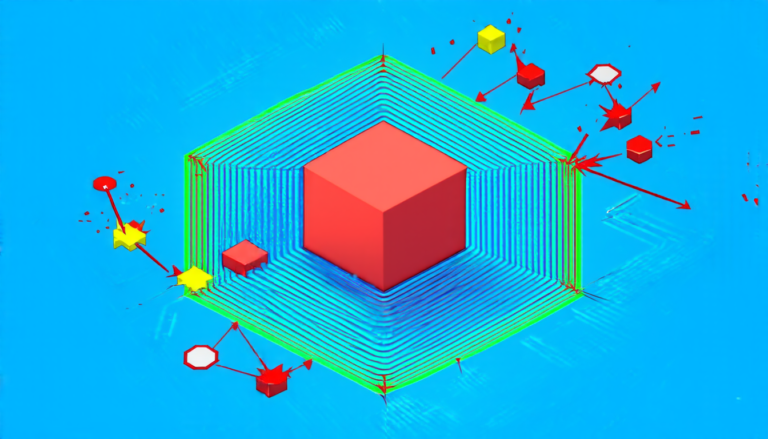Wednesday 09 April 2025
A team of mathematicians has made a significant breakthrough in their understanding of hyperbolic four-dimensional manifolds, which are theoretical spaces that exist beyond our everyday reality. These spaces have been a topic of fascination for mathematicians and physicists alike, as they offer insights into the fundamental nature of space and time.
The researchers began by studying the Davis hyperbolic four-manifold, a complex geometric shape that is constructed by identifying opposite faces of a 120-cell, a polytope with 120 regular dodecahedra as facets. This process creates a non-Euclidean space where the angles of triangles add up to more than 180 degrees.
The team’s discovery revolves around the concept of Seiberg-Witten invariants, which are mathematical objects that describe the properties of these hyperbolic spaces. The researchers found that the Davis manifold has zero Seiberg-Witten invariants, meaning that it does not possess certain symmetries or patterns that are typical of other four-dimensional manifolds.
The significance of this finding lies in its implications for our understanding of the structure and behavior of these spaces. By studying the properties of the Davis manifold, the team was able to better understand how Seiberg-Witten invariants arise from the geometry of these spaces, which has important consequences for our understanding of the fundamental laws of physics.
One of the key challenges faced by the researchers was the sheer complexity of the calculations involved. The Davis manifold is a vast and intricate space, containing 72 different types of surfaces that intersect with each other in complex ways. To make matters worse, the equations governing these intersections are highly non-linear, making it difficult to solve them using traditional mathematical techniques.
To overcome this challenge, the team developed a novel approach that leveraged the symmetries of the Davis manifold to reduce the number of calculations required. By exploiting the large group of isometries that act on the manifold, they were able to simplify the equations and focus their attention on a much smaller set of parameters.
The outcome of this effort was a comprehensive understanding of the Seiberg-Witten invariants of the Davis manifold, which has far-reaching implications for our understanding of the fundamental laws of physics. The researchers’ findings have opened up new avenues of inquiry into the properties and behavior of hyperbolic spaces, and will likely inspire further research in this field.
Cite this article: “Unlocking the Secrets of Hyperbolic Space”, The Science Archive, 2025.
Mathematics, Hyperbolic Geometry, Four-Dimensional Manifolds, Seiberg-Witten Invariants, Davis Manifold, Polytope, Dodecahedra, Non-Euclidean Space, Symmetries, Physics


